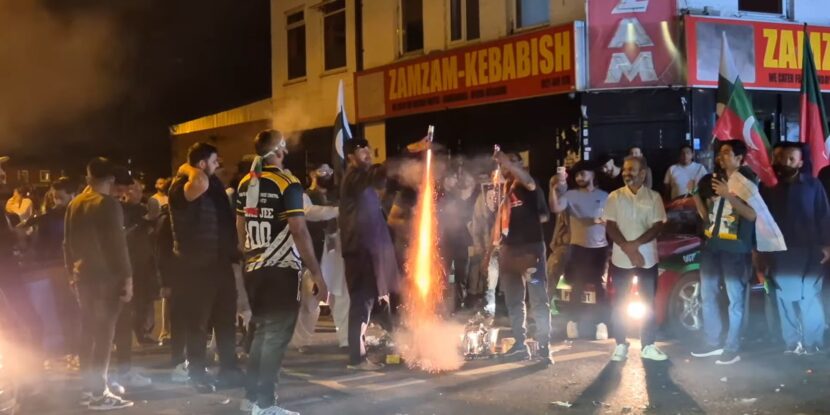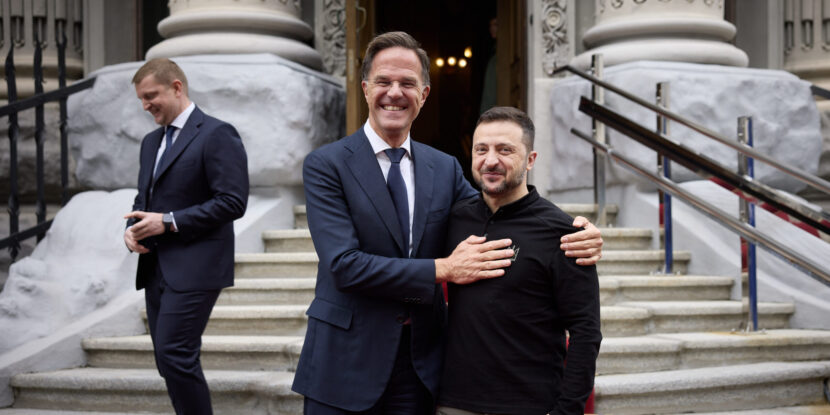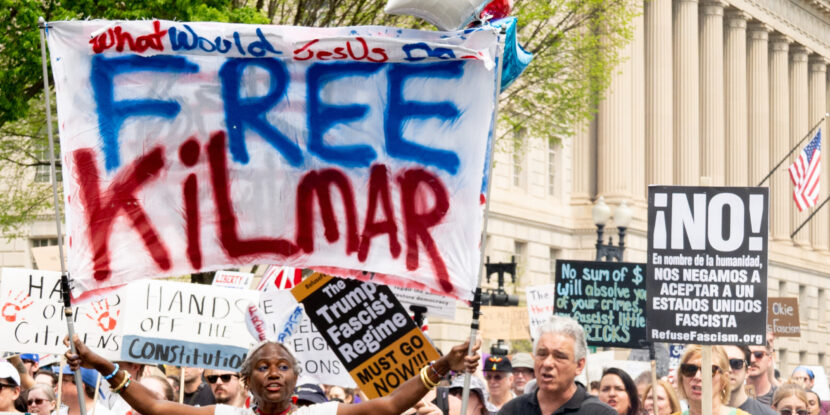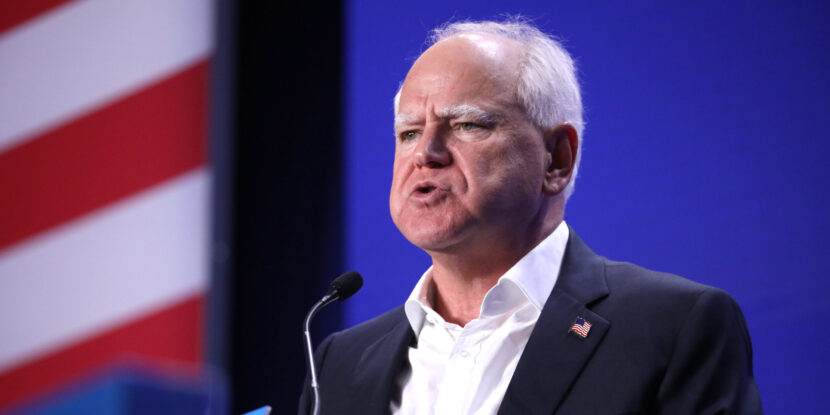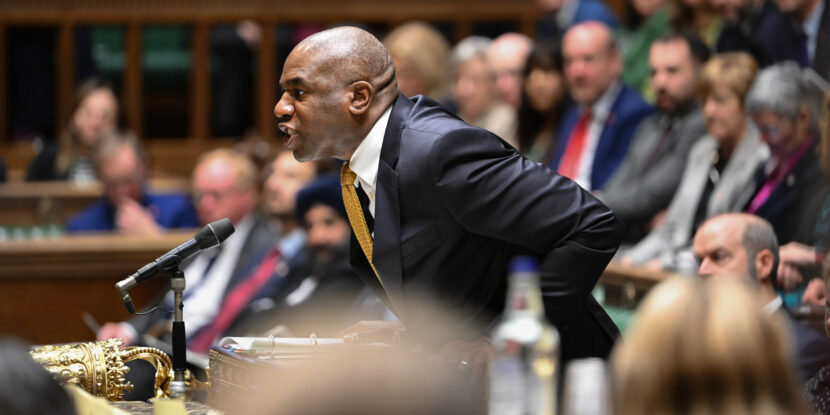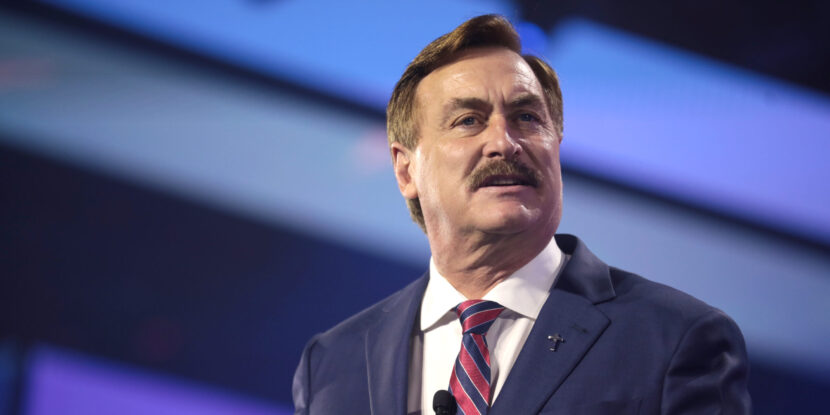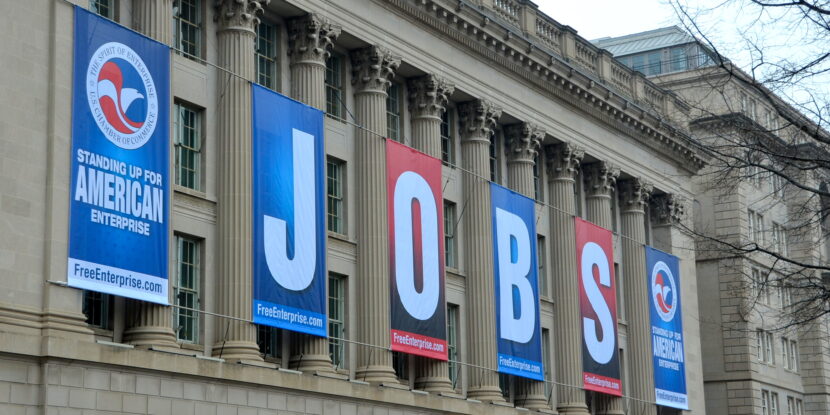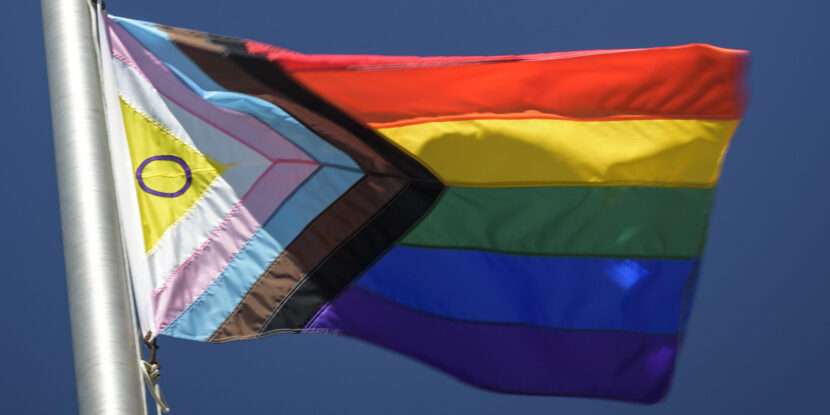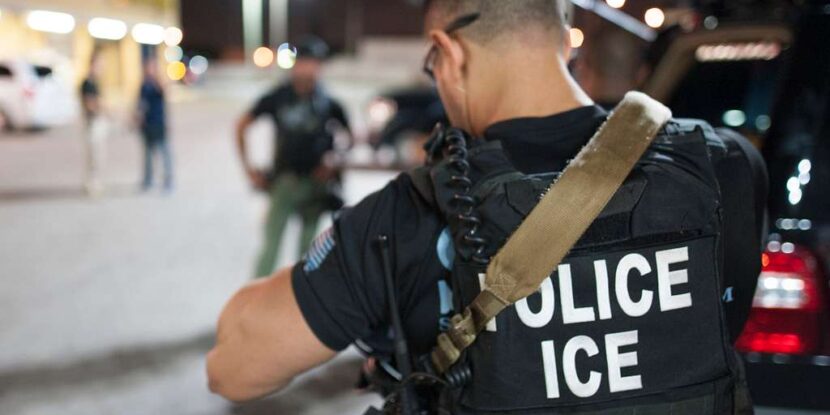Pakistani migrants, dual nationals, and British citizens of Pakistani descent took over streets in several British cities on Wednesday to celebrate Pakistan’s independence from Britain. In some cases, the rowdy celebrations were actively facilitated by the police shutting down roads for them—angering English soccer fans who were subjected to an anti-social behavior dispersal order when the national team played in the European Football Championship finals in July.
Media coverage of the celebrations, which come as Britain is wracked with anti-mass migration demonstrations and Muslim and far-left counter-demonstrations, is limited. However, footage uploaded to social media by revelers shows crowds with Pakistani flags and cars wrapped in Pakistani colors cheering their independence from Britain, lighting fireworks, and honking horns long into the night in cities including London, Birmingham, and Manchester.
Some municipal governments in areas with large Pakistani heritage populations marked Pakistani Independence Day by lighting buildings such as public libraries in Pakistani colors.
Britain’s 2021 census registered 1.6 million British Pakistanis, and annual Pakistani immigration has been accelerating in recent years—up from 21,000 in 2019 to 83,000 in 2023. Much of the demographic is poorly integrated, with around 46 percent of Pakistani heritage newborns in Bradford, a significant Muslim population center, being the result of marriages between first cousins. Pakistanis are also the most unemployed demographic in Britain and are disproportionately likely to be arrested.
Pakistan separated from the British alongside India and East Pakistan, now Bangladesh, in 1947. Under the British, the three nations had been united as a single state, but a partition along religious lines was forced by pressure from the Muslim League. This partition was marked by up to two million killings and the displacement of over ten million people, mostly Hindus and Sikhs.
